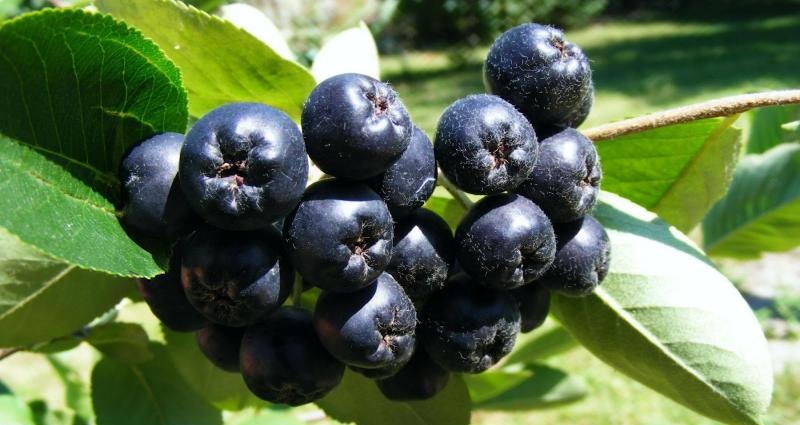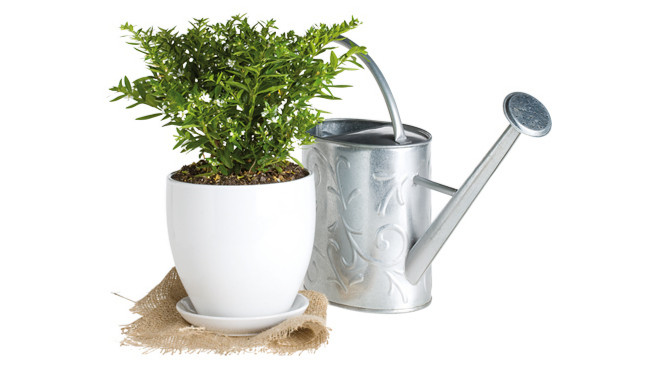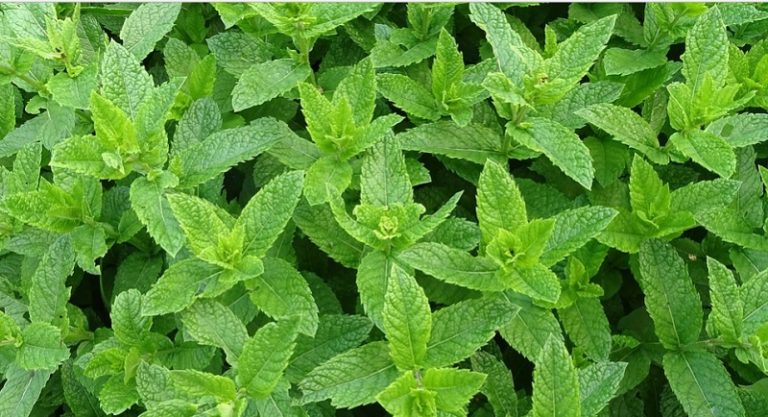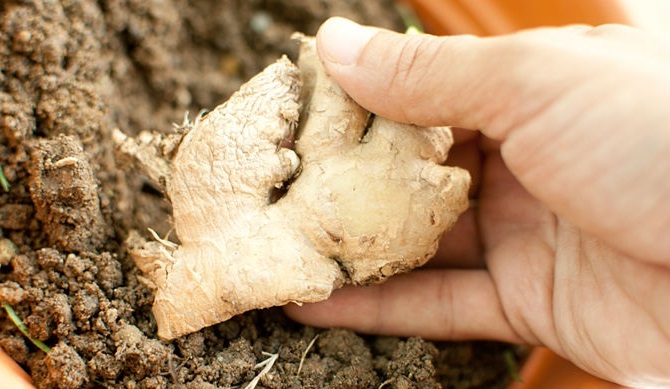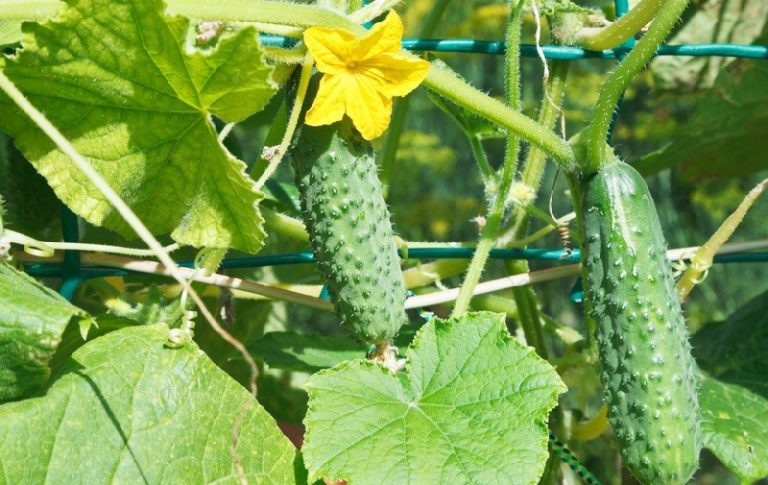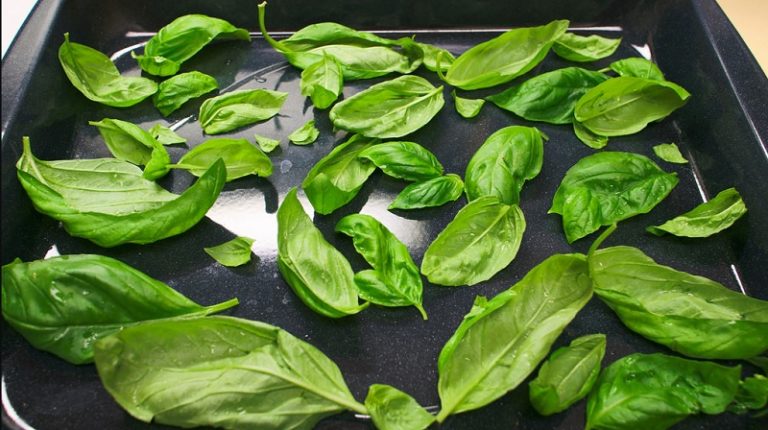Chokeberry (chokeberry) – cultivation, care
Chokeberry is a plant that can be easily grown in your yard for decorative and medicinal purposes.
Chokeberry was brought to our area in the 19th century and was originally used only for decorative purposes for landscaping gardens and parks. This plant became widespread thanks to I. V. Michurin, who was the first to draw attention to it and called it a valuable fruit crop. As a result of complex hybridization, a new species of chokeberry was obtained, which was named Michurin’s chokeberry (Aronia mitschurinii), in honor of the breeder. This species is also called chokeberry, its fruits have a higher sugar content compared to the original species. Breeding work to improve the properties of chokeberry was carried out in other countries, after which new hybrid forms and varieties were obtained, the fruits of which are large – up to 1.5 cm in diameter, with improved taste. In general, the varieties differ little, but they have some peculiarities in the formation of the structure of the crown, the size of the fruit and minor taste nuances.
. . . . . .
Recommended varieties of chokeberry
- Viking – Finnish variety forms purple-black fruits with a diameter of 0.8-0.9 mm and a flat crown.
- Nero is a variety of mixed origin, a bush up to 2 m high has a vase-like compact crown. The flowers are white with red stamens. In autumn, the leaves are yellow. It can grow in partial shade.
- Black-eyed is a variety of mixed origin. The fruits of this variety are characterized by reduced astringency of the fruit, the crown of the bush is rounded
Cultivation of chokeberry (chokeberry)
Growing chokeberry has no difficulty, it is unpretentious, very winter-hardy, can withstand temperatures as low as -36 degrees C and is quite resistant to pests and diseases. For planting, you need to choose a well-lit place and neutral soil. Chokeberry grows on any, except saline, soils and even tolerates a close occurrence of groundwater.
. . . . . .
How to plant chokeberry (chokeberry)
- Dig holes 60-50 cm at a distance of at least 2 m.
- Prepare a mixture of soddy soil, humus and compost in a ratio of 1: 1: 1.
- Straighten the roots of the seedling, cover with planting mixture, pour plenty of water.
- The seedling must be cut to a height of about 20 cm from ground level, leaving 4-5 buds.
- When planting, the root collar should be deepened by 1.5-2 cm.
- After planting, 50 g of ammonium nitrate must be added under each seedling.
- It is good to mulch the trunk circle with mowed grass or wood chips.
It is recommended to plant chokeberry in cloudy weather and preferably in autumn:

Chokeberry care
In the future, make sure that the soil around the seedling is moderately moist. Care comes down to periodic feeding, watering and thinning. Starting from the 5th year, apply complex mineral and organic fertilizers (compost, humus) – 1.5-2 buckets under one bush. Another important condition for getting a good harvest of juicy berries is constantly moist soil!
7-8 years after planting, the shrub thickens strongly, gives many shoots, so thinning them is recommended. First of all, old branches are removed, and young and strong ones are left. You can carry out formative pruning to give the bush the desired shape. And old plants can be rejuvenated by cutting all branches at ground level. The next year, new young branches will grow, which will begin to bear fruit after 2 years.
. . . . . .
Having grown one chokeberry bush, it can be easily propagated independently: by seeds, rooting cuttings, rooted shoots, root suckers, as well as dividing the bush. Chokeberry is a fast-growing crop, and the first crop ripens already in the 2-3rd year after planting, around the end of August – September, but harvesting is recommended after the first frost. In the fifth year of life, the yield reaches 10 kg per bush. Berries are well stored on bushes until frost. For long-term storage, the crop is harvested along with the seedlings, cutting them off with scissors. In this form, the fruits can be stored in a cool place for up to 2 months.
Lavender comes in pink, purple, white, and even yellow.

